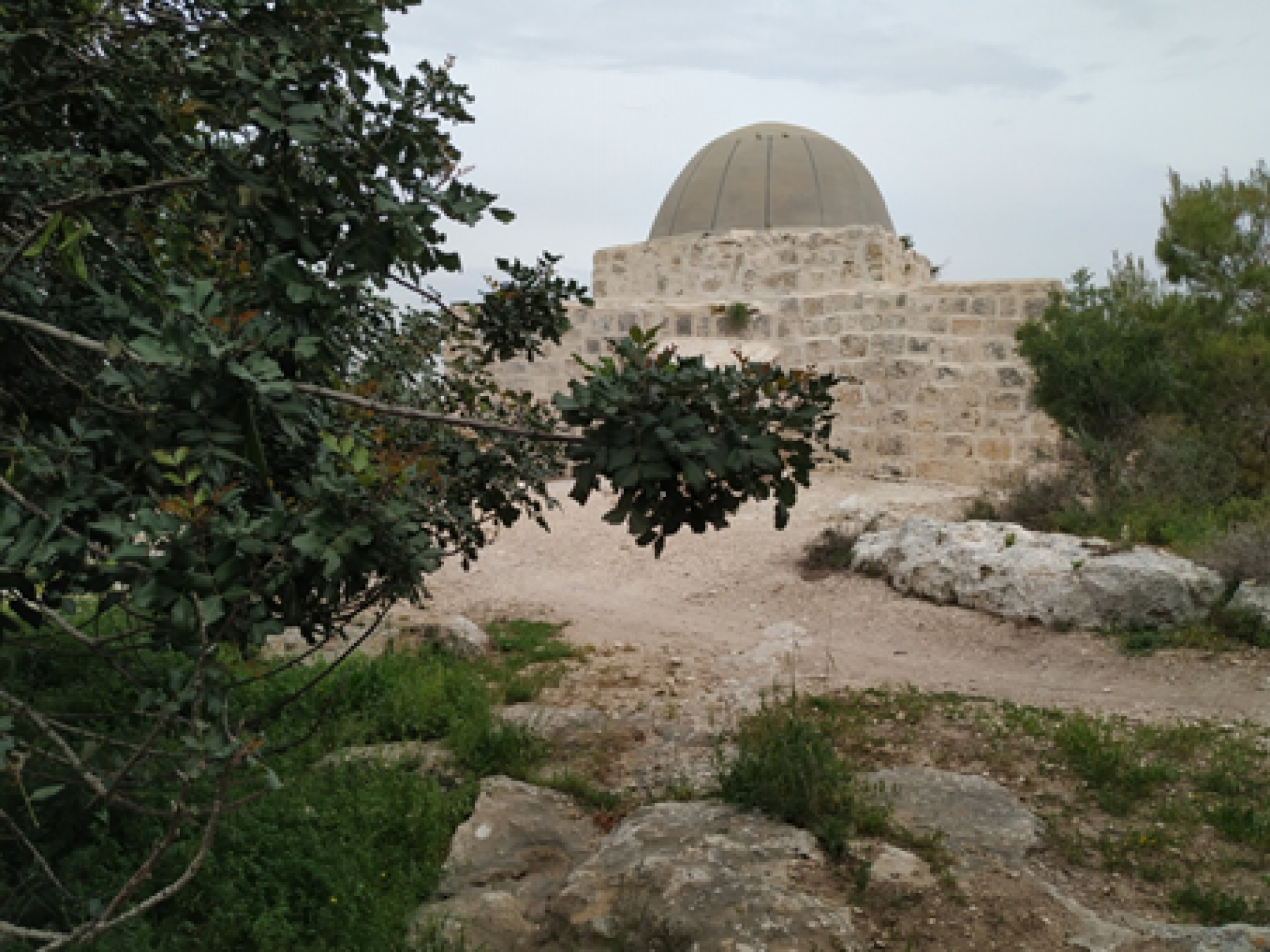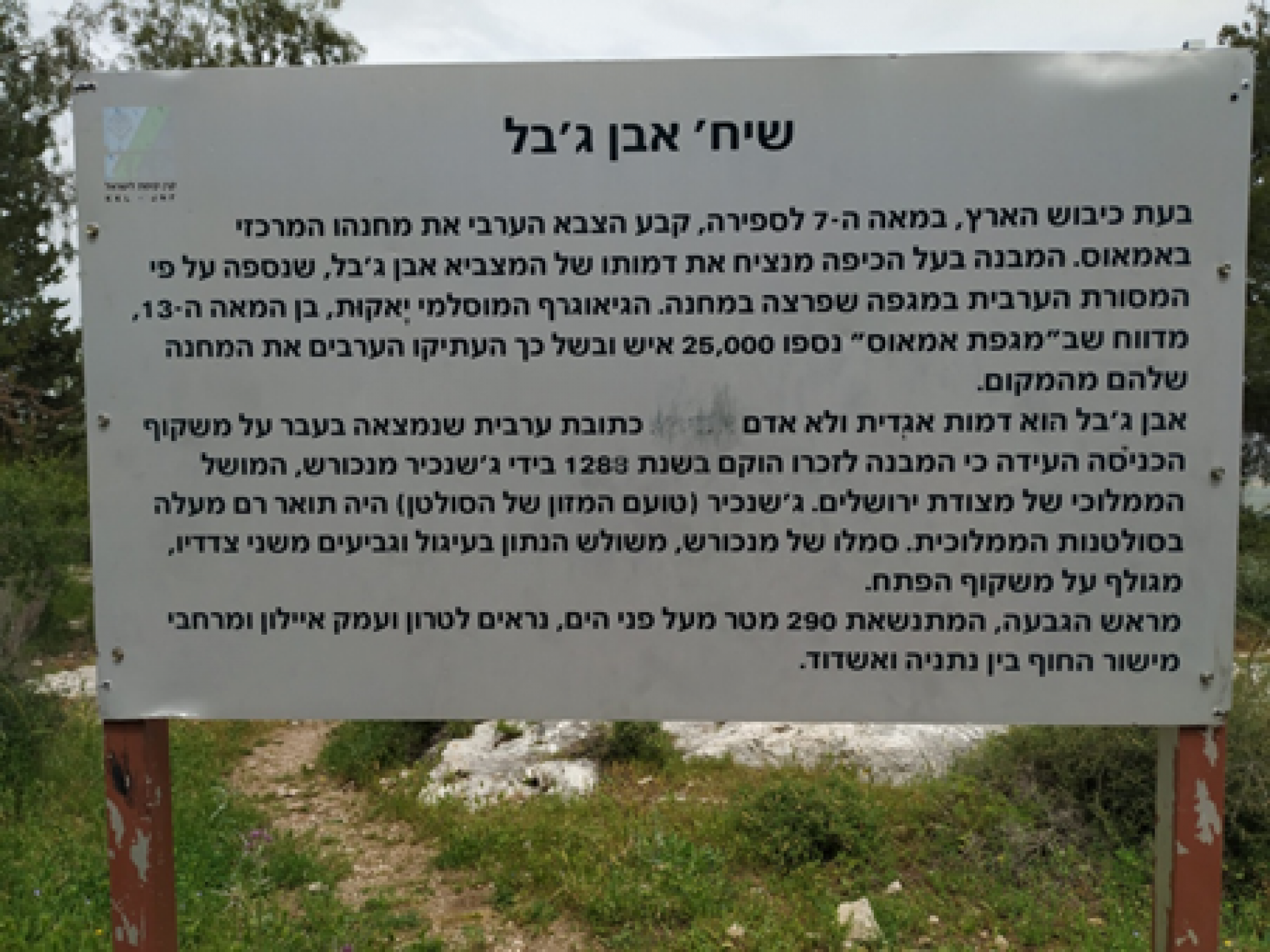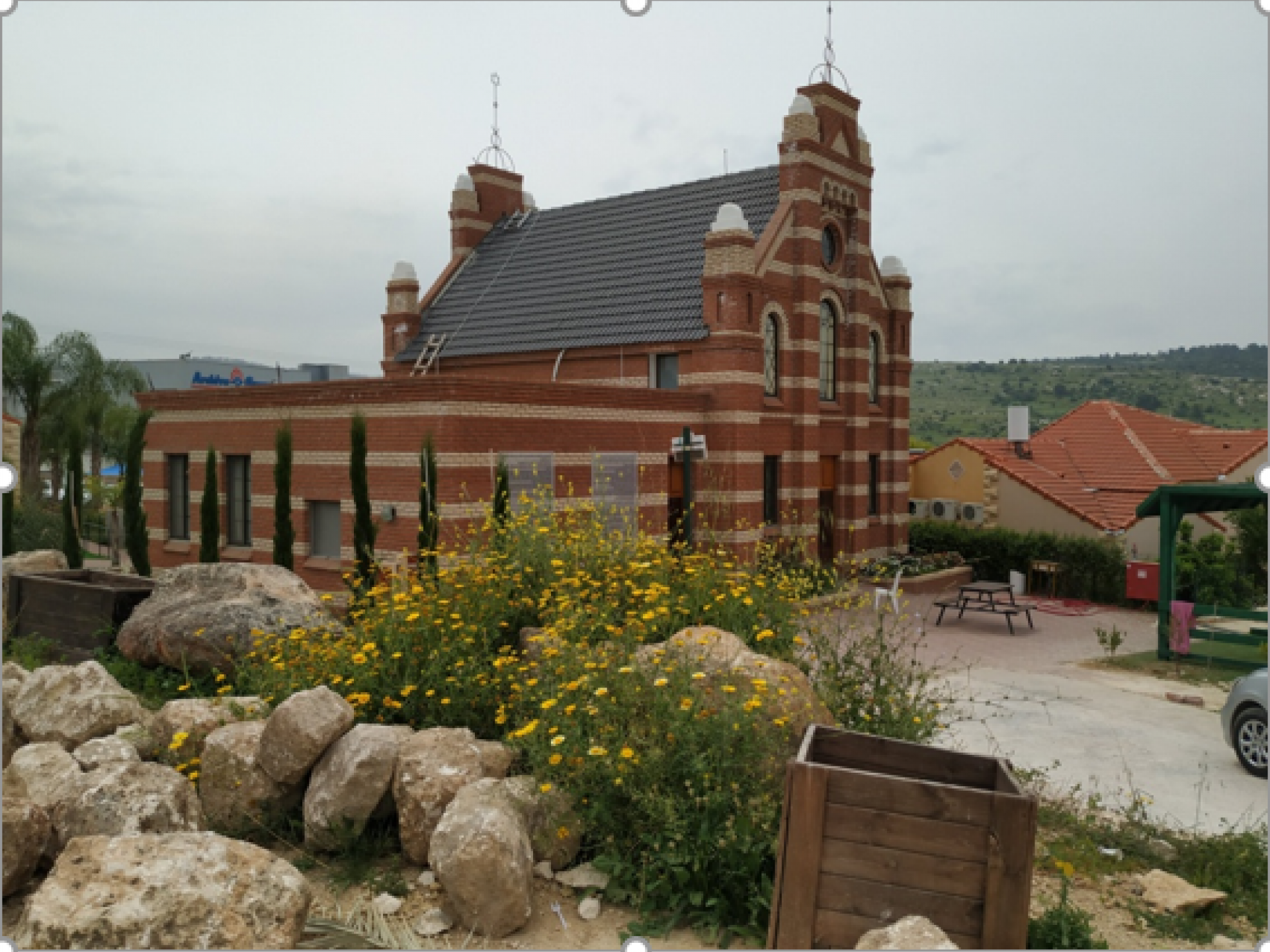Following Makam Ibn Jebel
The purpose of our visit – locating and photographing the Sheikh’s Tomb of Ibn Jebel inside Canada Park
The Ayalon Park is situated near the Israeli town of Modi’in and borders on Latrun. It includes the lands of three Palestinian villages that were entirely demolished by the Israeli army in the 1967 war: Emaus, Beit Nuba and Yalu. The reasons for demolishing these villages were supposedly to erase the Latrun enclave that remained in Jordanian hands after the 1948 war, and the paving of the new road to Jerusalem.
The park was created in 1973 by the JNF and was maintained until the 1990s by donations of Canadian Jews, after whom it was officially named. The donations were halted in the early 1990s after a documentary film came out describing the destruction of the villages, the murder and expulsion of their inhabitants. A Wikipedia check reveals that the Canadian government was the cause for shutting down the donations following the published research on account of a law in Canada that forbids the use of tax-exempted donations in zones of war and occupation. The park has since been renamed Ayalon-Canada Park.
We found Maqam Ibn Jebel after making several rounds inside the park. Unlike most of the maqams we have surveyed in Area C (under Israeli control), this one is maintenance and renovated, and like elsewhere, it is located at a high point overlooking the Latrun range opposite, and the Ayalon valley below. A sign at the entrance to the maqam compound directs one to the exact spot. This maqam constitutes one of the tourist attractions of the park. Upon our arrival we saw several youngsters visiting. Until the First Intifada (1987) Palestinian originating from the area and their families used to come and pray at the maqam.
From there we drove to the settler-colony Mevo Horon, located on the lands of Beit Nuba. We wished to see the synagogue built as a copy of a synagogue that used to be on the Dutch-German border, and which was made known in YNEX by architect Michael Yakobson. The building is impressive and might constitute an attraction. Around the synagogue is now a community of ultra-religious Jewish mental patients. A settler-colonist of Dutch origin is the initiator of this project, and ideas now abound for building more synagogues to commemorate others that were destroyed in Germany on Kristallnacht. The settler-colonists seem to me to be grabbing at straws.
From Mevo Horon we drove to Yassuf village to visit Khaled. We met him at home, and he seems to be doing better after having undergone a series of radiation treatments for his lung cancer. He was supposed to begin his role as head of the village council in a month’s time. He told us they have been notified by the Civil Administration that a new road was to be paved from Zaatara Junction (Tapuach) to Rechelim settler-colony, bypassing Road 60. This means the confiscation of abundant farmlands that now serve to grow wheat, olives and vegetables. Khaled said he had turned to Firas of Yesh Din (Israeli human rights organization) who answered that there is nothing to be done against such public-needs confiscations. We asked whether the bypass road will serve Jewish settler-colonists only. Khaled thinks not, because that would be more dangerous…
that a new road was to be paved from Zaatara Junction (Tapuach) to Rechelim settler-colony, bypassing Road 60. This means the confiscation of abundant farmlands that now serve to grow wheat, olives and vegetables. Khaled said he had turned to Firas of Yesh Din (Israeli human rights organization) who answered that there is nothing to be done against such public-needs confiscations. We asked whether the bypass road will serve Jewish settler-colonists only. Khaled thinks not, because that would be more dangerous…



